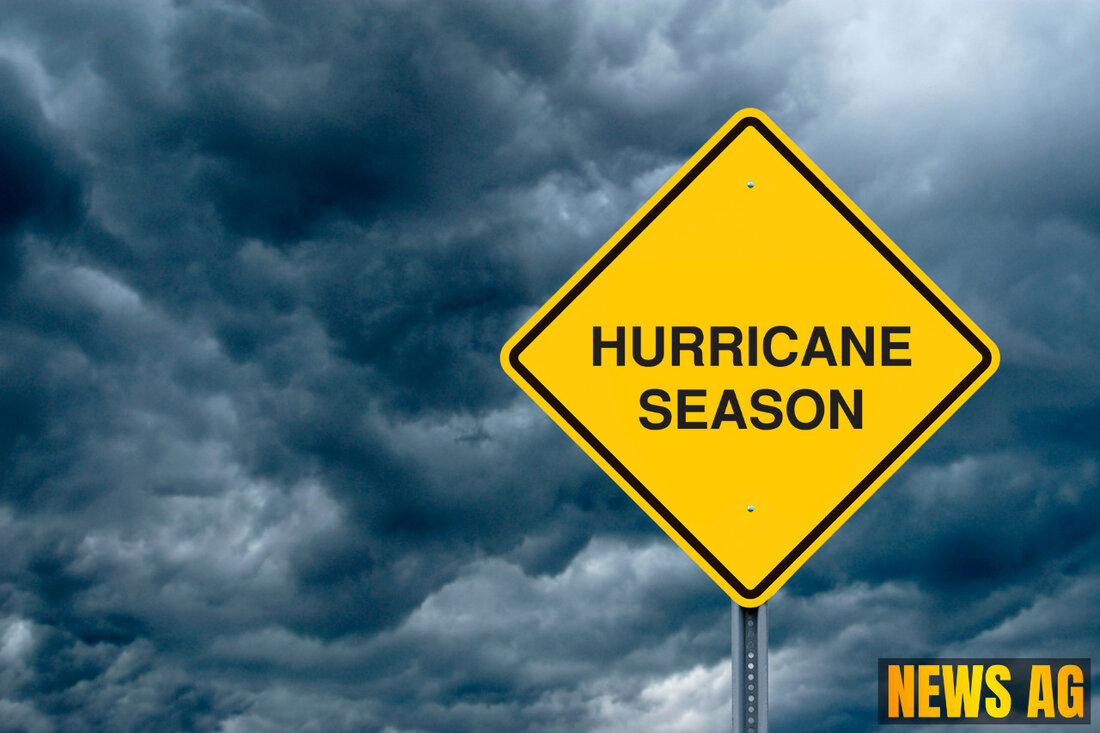Severe Thunderstorms and Tornado Risk: Florida Braces for Bad Weather!

Palm Beach, Florida, USA - As summer rolls in, Florida finds itself in the thick of hurricane season, now in its prime time from June 1 to November 30. According to the Palm Beach Post, the National Hurricane Center is currently monitoring four tropical waves crossing the Atlantic basin. While there’s no immediate threat of tropical activity in the next week, the atmosphere remains charged, suggesting potential storms on the horizon.
Just days before, on June 25, the National Weather Service (NWS) was investigating a possible tornado that struck Largo. Adding to the stormy picture, a severe thunderstorm brought hail the size of walnuts to Tallahassee the same day, raising eyebrows across the Sunshine State. With temperatures pushing the heat index up to 105°F, residents were already feeling the heat before the next round of storms was forecasted for June 26.
What Lies Ahead in Hurricane Season
The forecasts from Colorado State University (CSU) present a rather alarming outlook for the 2025 season. An above-normal year is anticipated, with predictions of 17 named storms, including nine hurricanes—four of which could be major hurricanes. The odds of a hurricane making landfall in Florida stand at 65%, and there’s a 35% chance that it could be a major storm that causes significant impact across the state. This contrasts with the comparatively milder 2024 season, which had 18 named storms, including three hurricanes that wreaked havoc on the Treasure Coast.
More specifically, Florida’s East Coast has a 26% probability of a hurricane making landfall, which is notably 5% higher than average. This uptick in risk signifies a need for residents to be on high alert and prepared. The TCPalm outlines that Florida’s Treasure Coast is home to 39 hurricane shelters, including several options that are pet-friendly and designated for individuals with special needs. It’s vital for residents to know your evacuation routes and zones—your safety comes first.
The Essentials of Hurricane Preparedness
As the hurricanes loom, understanding the nature of tropical systems is crucial. The U.S. coastline is typically hit by an average of three hurricanes every two years, with about one of those classified as a major hurricane, characterized by winds of at least 111 mph. The National Weather Service emphasizes the importance of preparedness. Key actions can significantly increase survival odds both before and during a hurricane.
- Storm surge and inland flooding pose the greatest dangers, often the lead causes of hurricane-related fatalities.
- Destructive winds and tornadoes can strike even far from the storm’s center, capable of turning debris into deadly projectiles.
In light of these risks, residents are urged to create emergency plans and maintain well-stocked disaster kits. Supplies should include non-perishable food, water, flashlights, first aid kits, and copies of important documents. Furthermore, staying informed through local emergency alert systems is essential in times of uncertainty.
In conclusion, Florida’s 2025 hurricane season promises more than just sweltering temperatures. With tropical waves spinning in the Atlantic, tornadoes possible statewide, and an outlook for above-normal hurricane activity, it’s time for Floridians to pay heed. Prepare, stay informed, and most importantly, stay safe.
| Details | |
|---|---|
| Ort | Palm Beach, Florida, USA |
| Quellen | |
